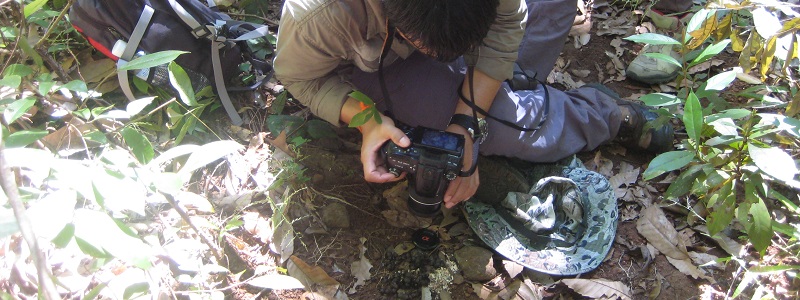2,200 Hectare Land Concession, Cambodia
SLP Environmental Consultants (Cambodia) was appointed to undertake an Environmental & Social Impact Assessment (ESIA) Scoping Study for a potential 2,200 hectare economic land concession (ELC) located in NE Cambodia. Our client was considering leasing the land for agri-business purposes and as part of their transaction due diligence and corporate social responsibility assessment process appointed SLP Environmental to conduct and report an Environmental and Social Impacts Scoping Study for the Project site with the primary objectives of:
• Familiarising the Project specialists with the study site,
• Providing a preliminary assessment of the physical and biological environment,
• Providing a preliminary assessment of the socio-economic & cultural setting,
• Identifying the primary environmental & social impacts,
• Setting the boundary conditions for the follow on ESIA study, and
• Facilitating the design of the detailed Environmental & Social Baseline Survey’s.
The scope of works comprised a seven day Project site and environs reconnaissance coupled with preliminary consultations with members of the local community and district level officials. The Project site was divided into grid cells and selected blocks were targeted for field reconnaissance based on a review of high resolution satellite imagery. The objective of the field survey was to ground proof the main habitat types, identify suspected dwellings and homesteads within the ELC and inspect significant environmental features. The field survey team included senior environmental and social scientists, an ecologist and a mapping/GIS specialist.
Ecological survey techniques included the recording of habitat types along the trail accompanied with direct and indirect observation techniques for wildlife. Early morning surveys were conducted to identify species by sight and song. Evidence of traits were sought along the trails such as the presence of dung, feeding signs, footprints, marks on tree trunks, burrows and dens. Local people (both indigenous and migrants) were consulted to verify the presence or absence of certain species in the study site area and to better understand their uses of the forest and develop a preliminary socio-economic profile of the study site area.
Several permanent and seasonal watercourses traversed the study site and these were surveyed in order to determine the best locations for the monitoring and sampling activities that would be undertaken during the environmental baseline surveys. A comprehensive co-ordinates and photographic survey of salient features was compiled for input into the project GIS database.
Following the completion of the field studies a concise Environmental Impact Scoping Study report was prepared that i) identified the most likely significant environmental and socio-economic cultural impacts of the proposed scheme, ii) provided recommendations concerning the scope of the environmental and social baseline studies, and iii) defined the terms of reference (TOR) for the follow on ESIA study.

